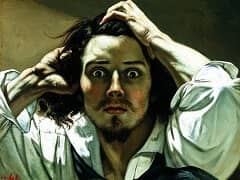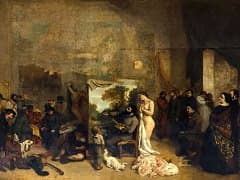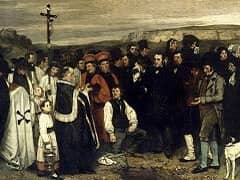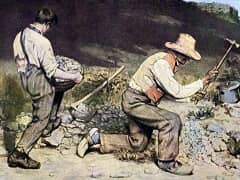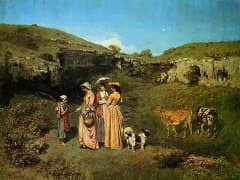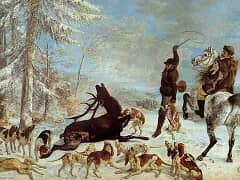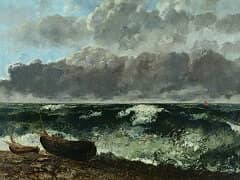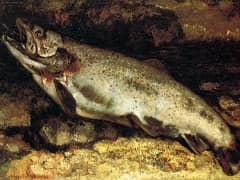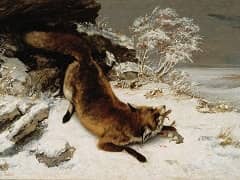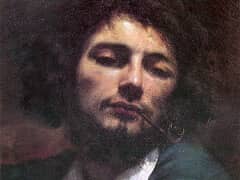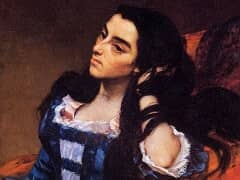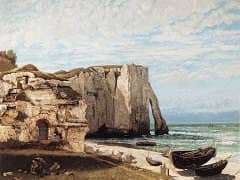The Grain Sifters, 1855 by Gustave Courbet
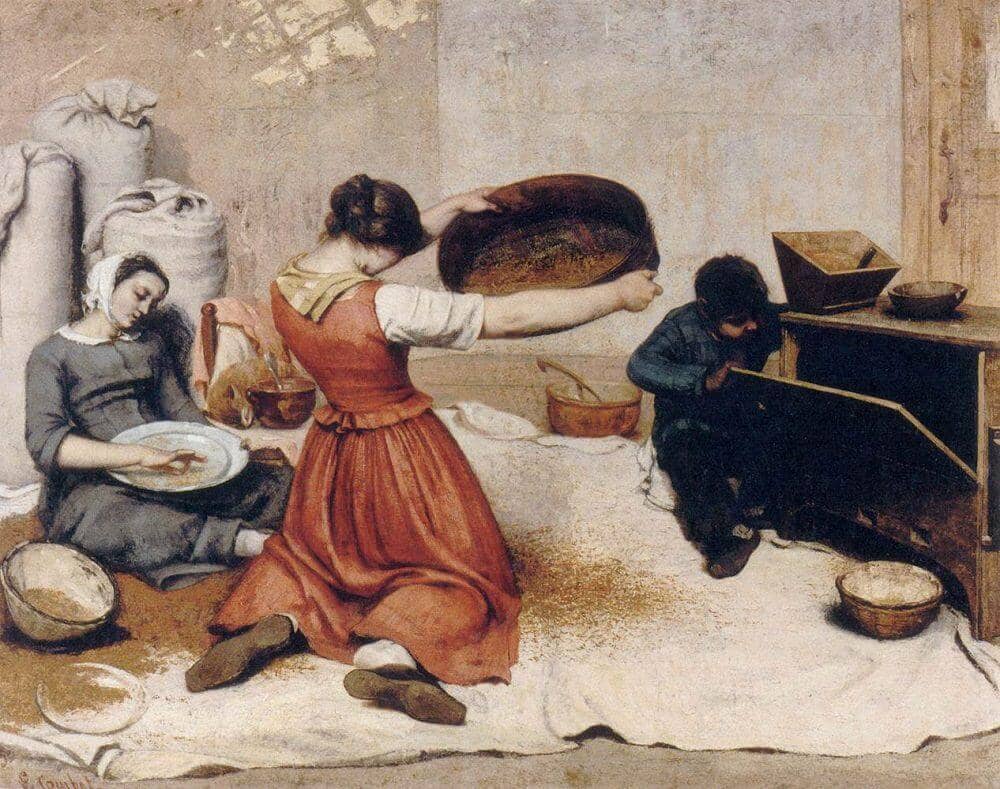
Courbet saw this painting as "un tableau de moeurs de campagne" (a picture of rural customs) and referred to it as being in the same series as The Young Ladies of the Village, which, he writes in a letter to Champffeury, is also a "strange picture." It is this latter kind of cryptic comment that makes the interpretation of Courbet's paintings persistently enigmatic; but the grouping of the two paintings under the rubric of "rural customs" is not such an opaque remark. The fact that both paintings take the artist's sisters as models is an obvious factual link, but this can be of only generic significance. Courbet observed the living people of his native region, whether family, friends, or workmen along the road, and made their actuality the basis of his Realist project of bringing a large and hitherto obscure class of human beings into public consciousness. In the two paintings mentioned in the letter to Champfleury we see two different aspects of the life of women in a small country town. In The Young Ladies of the Village, they are represented at what might be called the peak of their embourgeoisement, wearing good clothes and in a position to give charity to a child laborer. But although such families had acquired productive land as a result of the cosmic shifts of the Revolution and were thus able to distance themselves from agricultural labor, there were still hard tasks to be done, many of them by women and by means of artisanal work. It was still a time when raw wool was spun into thread by hand, as in The Sleeping Spinner; or when grain for baking the family bread was refined, also by hand, as in The Grain Sifters.
Domestic or not, the hard work depicted - that of shaking the large sieve - is clearly demanding. Courbet creates a figure that represents in an unforgettable way the essential strength of a young female body. The powerful working arm - a rival in exaggerated length to those of Ingress women, but muscular rather than svelte - the wide shoulders and slender waist, the full hoops draped in thick, ruddy cloth, the soles of the big clogs facing us like the bare feet of some kneeling saint of Caravaggio: all these fuse into an image of remarkable force and energy. Characteristic of Courbet is the fact that the major figure is seen from the back, as in After Dinner at Ornans and The Bathers. It imposes itself and draws the viewer into this bare chamber, where only the boy (curious and exploring) and the cat (sleeping) are freed from the demands of work. In this figure Courbet creates an image of the woman as worker that casts aside the elements of personal charm and/or submissive humbleness, which were intrinsic to this type of rural subject in the work of such contemporaries as Breton and Millet.

